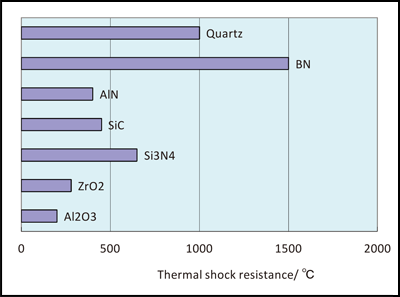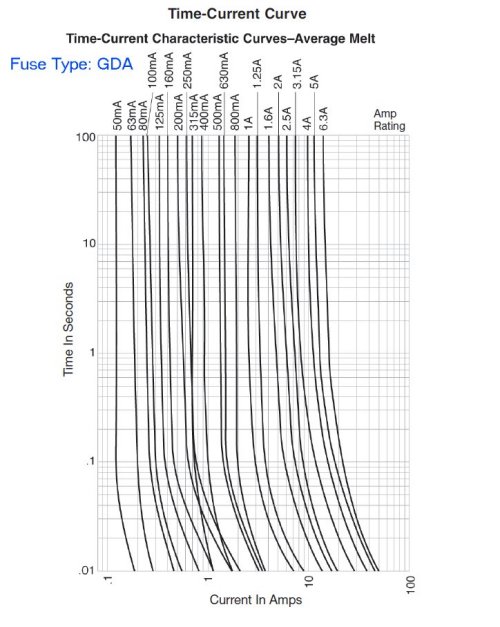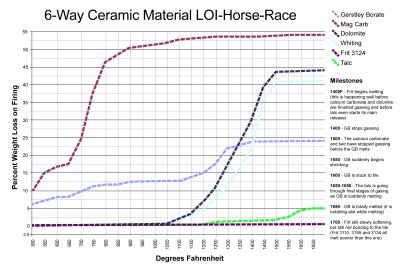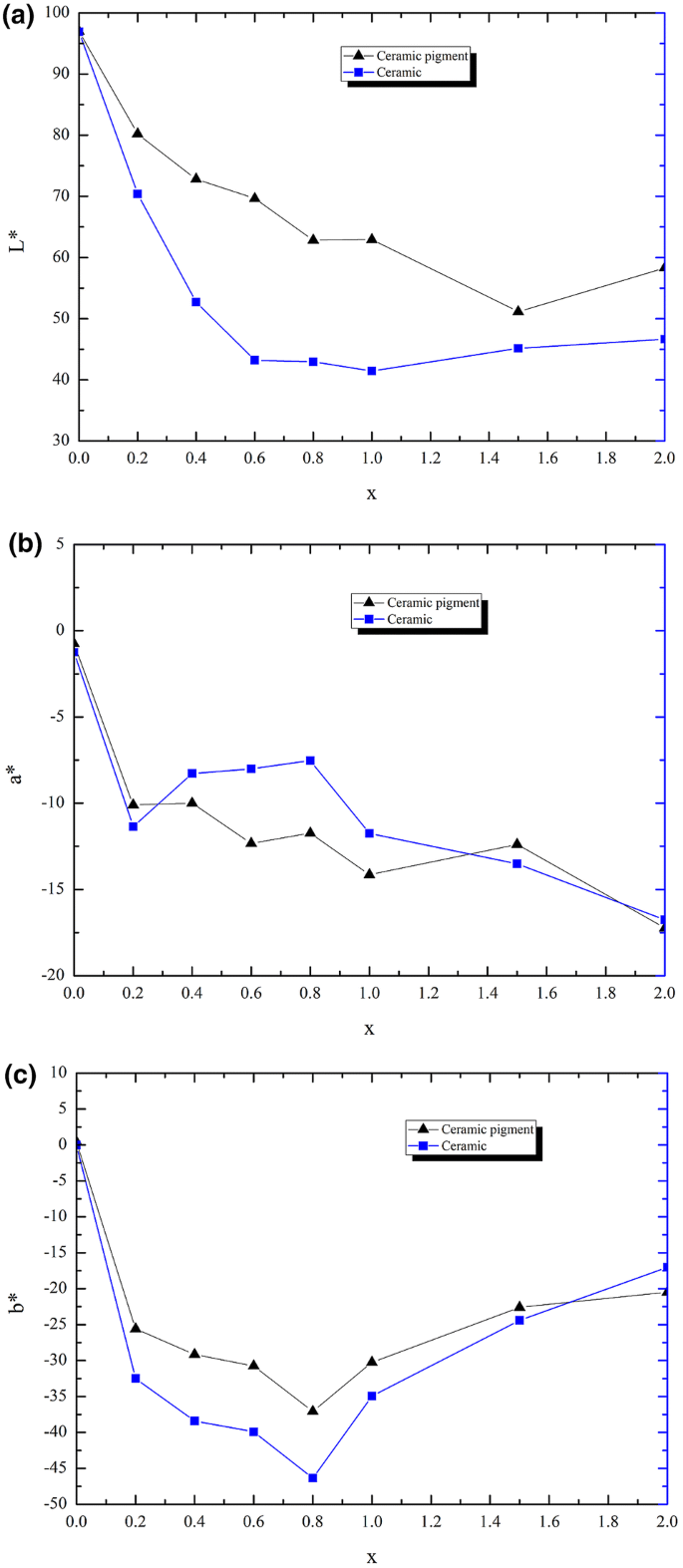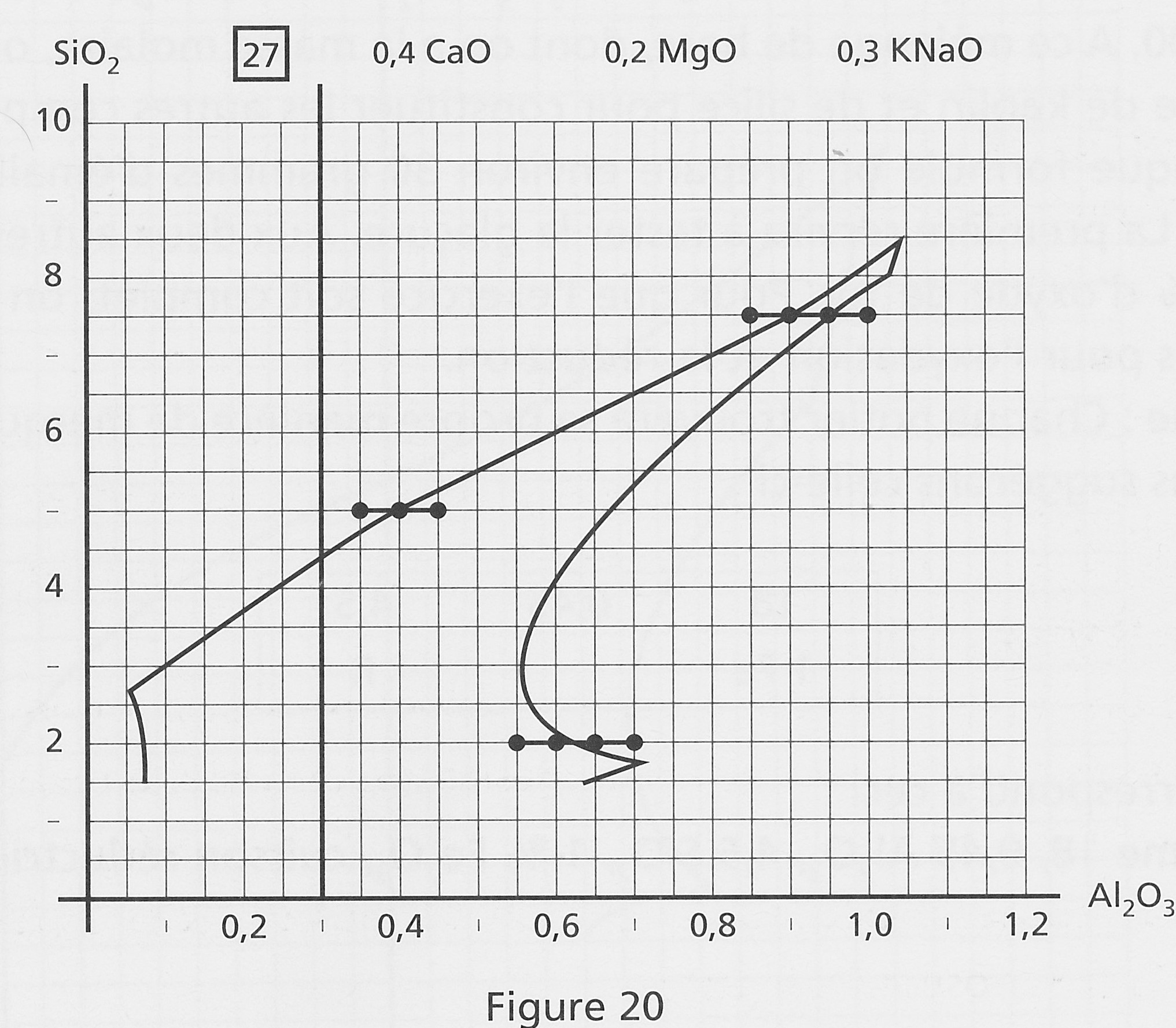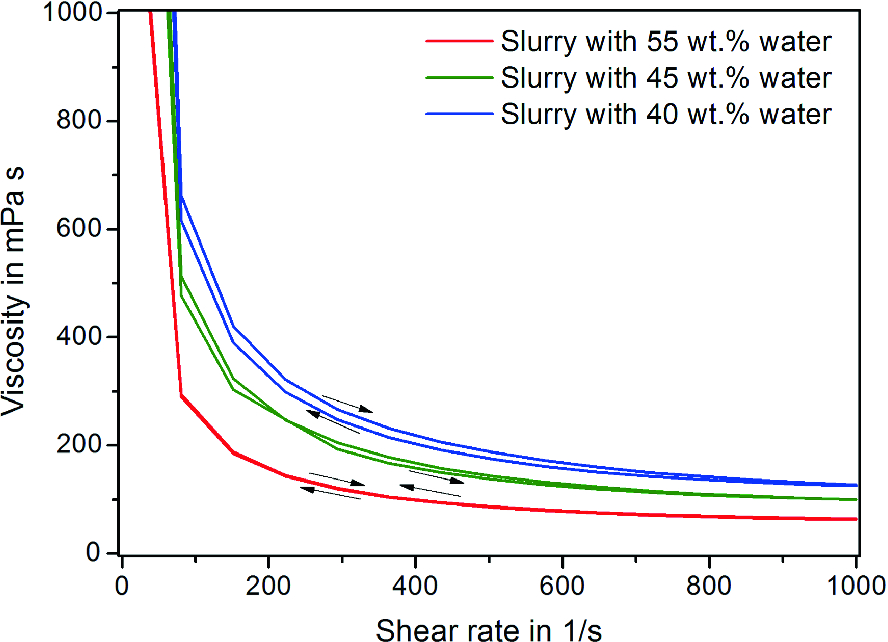Melting glass in ceramics once upon a time when i was in high school my friend and i who had both decided to major in art education were given a lot of freedom to experiment in art class.
Ceramic melting graph.
Materials with high melting point such as tungsten molybdenum and ceramics have various applications which require high heat resistance.
Ceramic composition and properties atomic and molecular nature of ceramic materials and their resulting characteristics and performance in industrial applications.
Zirconium dioxide zro 2 sometimes known as zirconia not to be confused with zircon is a white crystalline oxide of zirconium its most naturally occurring form with a monoclinic crystalline structure is the mineral baddeleyite a dopant stabilized cubic structured zirconia cubic zirconia is synthesized in various colours for use as a gemstone and a diamond simulant.
Ceramics are refractory otherwise known as high melting point materials.
As stated before they tend to have very high melting points compared to most metals.
Ultra high temperature ceramics uhtcs are a class of refractory ceramics that offer excellent stability at temperatures exceeding 2000 c being investigated as possible thermal protection system tps materials coatings for materials subjected to high temperatures and bulk materials for heating elements.
Ceramics and glass have many applications that require qualities such as hardness rigidity high resistance to heat corrosion etc.
Directionality of atomic bonding controls the structure and material properties viz melting temperature thermal ex pansion elastic stiffness electrical properties ductility and toughness etc.
It varies depending on atmosphere.
While some of the stress strain curves for polymers might look similar to ones for metals polymers are mechanically different than metals or ceramics.
Common ceramics include aluminum oxide melting point mp 3720 f titania 3245 f chrom.
The maximum use temperature determines the temperature range in which a material is possible to use.
Usually they are metal oxides that is compounds of metallic elements and oxygen but many ceramics.
This paper attempts to bring out the correla tion between the potential energy curves with the properties of materials.
Ceramic or a similar material other than glass.
Broadly speaking uhtcs are borides carbides nitrides and oxides of early.
The largest size fuse shown in the chart is the 5ag or midget.
Somehow one of us came up with the idea of sticking stained glass scraps into clay and melting it in the kiln.
The key difference between glass and ceramic is that ceramics have crystalline or semi crystalline or non crystalline atomic structure whereas the atomic structure of glass is non crystalline.
A highly elastic polymer may stretch over 10 times the original length before breaking while a metal might elastically stretch 10 of the original length elastically and may stretch.
Industrial ceramics are commonly understood to be all industrially used materials that are inorganic nonmetallic solids.




